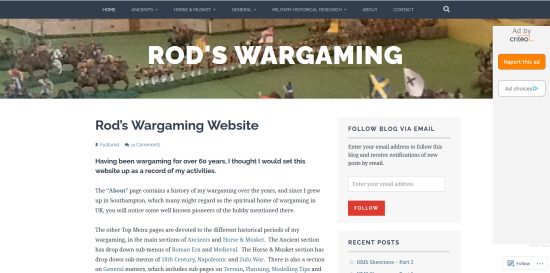
The beginning of the process: Here, all the masts have been glued in place, as have the shrouds. At this point I questioned the wisdom of using styrene for masts, but the backstays shown here helped a lot.

Basic fore-and-aft rigging started. The method is to dab the origin place of a line with superglue, and either tie the line there, or dip the end of the line in the dab and let it dry there. Once the glue was dry, the terminus was dabbed, and the line pulled taut through the dab and held until dry (about 10 seconds).
The mizzen gave me a lot of problems. When I steadied it with backstays, the shrouds loosened up. At some point, I may redo them.

I found my bristle brush! I stained a clump of bristles with Reaper Black Ink Wash and let it dry.
Note that the kit's original foremast has become a glue dabber. I usually work from a small pool of superglue dripped onto a metal surface, such as a washer as shown here.

The bristles were cut and spread out to dry further. The ship has now been attached to its base to facilitate ease of handling.

Bristles in place as lifts and stays. The curved ones were replaced. Note that a ship's boat now dangles off the boat booms, and another is in place amidship. These came from a Davco kit of unremembered origin. The boat amidship later fell off, and I cannot now find it...

As there were no headsails in the kit, I fashioned my own out of Reaper Linen White-painted cardstock. Here I have cut them out, curled them around a paint-brush ferrule, and glued a length of line to the free corner. These sails were then glued directly to existing forestays as shown above.

Finished!
The headsail lines have been drawn down to the starboard cathead. A tricolor now flies off the mizzen!







